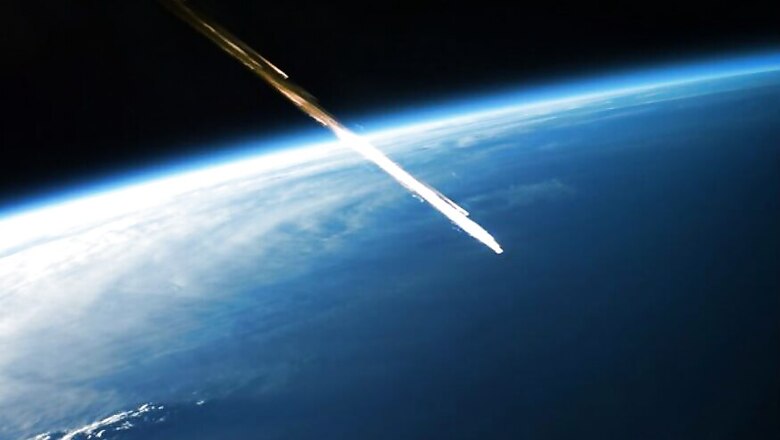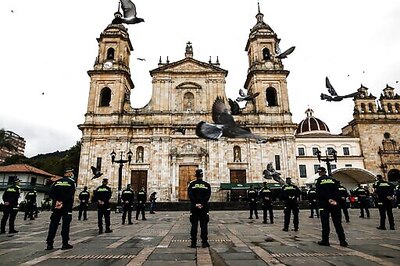
views
New Delhi: The world is observing International Asteroid Day today on June 30. The day is marked in order to raise public awareness about the possible hazardous impacts of asteroids and inform the public about crisis communication actions to be taken at the global level in case of a credible near-Earth object threat.
Near-Earth objects (NEOs) comprise asteroids or comets, which pose potentially catastrophic threats to our planet, as they pass close to the Earth's orbit. So far, over 16,000 near Earth asteroids have been discovered according to NASA’s Center for NEO Studies. The Earth's largest asteroid impact in recorded history occurred on June 30, 1908 near river Tunguska in Siberia, Russia and is hence, remembered as the Tunguska event.
Why is World Asteroid Day observed?
The United Nations gave the call to declare the day as International Asteroid Day in December 2016 as the United Nations General Assembly adopted resolution A/RES/71/90, in order to "observe each year at the international level the anniversary of the Tunguska impact over Siberia, Russian Federation, on 30 June 1908, and to raise public awareness about the asteroid impact hazard."
Today is International #AsteroidDay ☄️????Today aims to raise public awareness about the asteroid impact hazard & inform the public about crisis communication actions to be taken at the global level in case of a credible near-Earth object threat @UNOOSAhttps://t.co/3EcnmO0EZO pic.twitter.com/dUsjmDQSXR— UNA-Australia (@UNAA_National) June 30, 2019
Based on a proposal by the Association of Space Explorers, which was endorsed by Committee on the Peaceful Uses of Outer Space (COPUOS), the resolution was adopted.
The second largest asteroid impact was felt on February 15, 2013, when a extraordinarily large fireball or the superbolide, traveling at a high velocity entered the atmosphere and disintegrated in the skies over Chelyabinsk. This came to be recognised as the second most energetic impact event since the Tunguska blast.
#DYK that #asteroids are leftovers from the formation of our #solar system 4.6 billion years ago? They can provide us with fascinating insights on its evolution, which is one of the reasons #UNOOSA supports @AsteroidDay in raising #asteroid awareness.Credit: ESA pic.twitter.com/TZkKHpXbw9— UNOOSA (@UNOOSA) June 29, 2019
How is asteroid impact hazard a global issue?
The NEO impact hazard has been recognised as a global issue, which demands international response, after years of work by the United Nations Office for Outer Space Affairs (UNOOSA). A call for cooperative action in the interest of public safety has been given to address such a hazard. The measures includes identification of those objects that pose a threat of impact and planning a corresponding mitigation campaign.




















Comments
0 comment